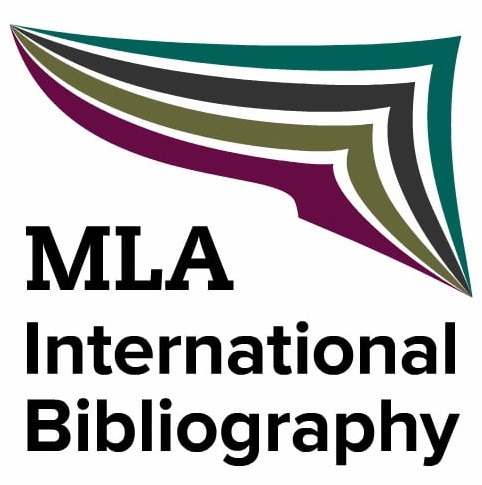Comparing Archives for Research on Theatrical Dance in the 19th Century: On the Trail of Carlo Blasis in Milan and August Bournonville in Copenhagen
DOI:
https://doi.org/10.13135/2281-6658/4611Keywords:
Archive, Comparative Studies, Cultural Memory, Theatrical Dance, 19th Century BalletAbstract
The comparison between the archives of Nineteenth-century Italian and Danish dance, through the search for traces of Carlo Blasis (1795-1878) in Milan and August Bournonville (1805-1879) in Copenhagen, promotes the recognition of the cultural peculiarities of the two traditions, trasmitted and received in different ways at national and international level, activating different discourses on cultural memory. Italian dance is different from Danish dance because it leaves only fragmentary traces of the dancing bodies, facilitating the permanence of the institutional cultural memory. On the other hand, Bournonville has worked consciously so as not to disperse his work, writing and selecting choregraphic notations, memoires, letters, essays, articles throughout his life, thus earning the art of dance and its artists a recognized social status, favouring in a small territory with isolationist and conservative characteristics both the systematization of his archive and the international diffusion of his repertoire.
Downloads
Downloads
Published
Issue
Section
License
Authors keep the copyrights for their work and give the journal the work’s first publication copyright, which is at the same time licensed under a Creative Commons License – Attribution, which in turn allows other parties to share the work with an acknowledgement of the work's authorship and initial publication in this journal.
Content Licence

You are free to copy, distribute and transmit the work, and to adapt the work. You must attribute the work in the manner specified by the author or licensor (but not in any way that suggests that they endorse you or your use of the work).
Metadata licence

CoSMo published articles metadata are dedicated to the public domain by waiving all publisher's rights to the work worldwide under copyright law, including all related and neighboring rights, to the extent allowed by law.
You can copy, modify, distribute and perform the work, even for commercial purposes, all without asking permission.






